Home>Furniture & Design>Outdoor Furniture>How To Use A Reflector In Outdoor Photography
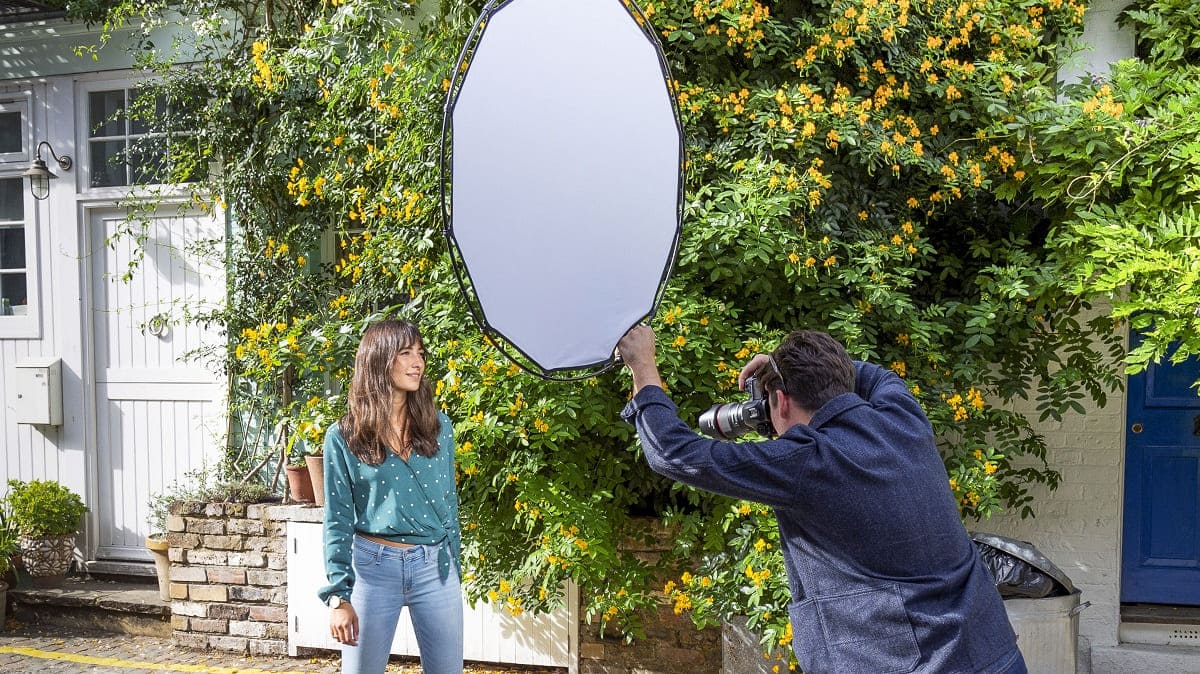

Outdoor Furniture
How To Use A Reflector In Outdoor Photography
Published: February 12, 2024
Learn how to effectively use a reflector in outdoor photography to enhance lighting and capture stunning outdoor furniture and designs. Master the art of outdoor photography with reflectors!
(Many of the links in this article redirect to a specific reviewed product. Your purchase of these products through affiliate links helps to generate commission for Storables.com, at no extra cost. Learn more)
Introduction
Welcome to the fascinating world of outdoor photography, where the interplay of natural light and the environment creates stunning visual narratives. In this realm, mastering the art of using reflectors is a game-changer. Whether you are a seasoned photographer or just embarking on this captivating journey, understanding how to leverage reflectors effectively can elevate your outdoor photography to new heights.
Reflectors are indispensable tools that allow photographers to manipulate and control light, enhancing the quality and depth of their outdoor shots. By harnessing the power of reflectors, you can infuse your images with warmth, fill in shadows, and create captivating highlights, ultimately adding a professional touch to your outdoor photography endeavors.
Throughout this article, we will delve into the intricacies of using reflectors in outdoor photography, exploring the various types of reflectors, optimal positioning techniques, and tips for harnessing their potential in different lighting conditions. Whether you are capturing portraits, landscapes, or macro shots, the insights shared here will equip you with the knowledge to make the most of reflectors in diverse outdoor settings.
So, grab your camera, pack your reflectors, and let's embark on a journey to unlock the secrets of using reflectors in outdoor photography. Whether you are chasing the golden hour's ethereal glow or seeking to capture the vibrant hues of a bustling urban landscape, the judicious use of reflectors can transform your outdoor photography experiences and yield captivating, professional-grade results.
Key Takeaways:
- Elevate your outdoor photography with reflectors, adding warmth and dimension to your compositions. Experiment with different surfaces and positioning techniques to master the art of using reflectors effectively.
- Harness the transformative power of reflectors to sculpt and manipulate light, infusing your outdoor compositions with professional-grade lighting techniques and captivating visual allure. Embrace the creative process and let reflectors elevate your photography to new heights.
Read more: Which Camera Is Best For Outdoor Photography
Understanding Reflectors
Reflectors are essential tools in a photographer’s arsenal, serving as versatile instruments for manipulating light in outdoor settings. These devices are designed to bounce and redirect natural or artificial light onto the subject, effectively modifying the lighting conditions to achieve the desired photographic effects.
Typically, reflectors come in various shapes, sizes, and colors, each tailored to produce specific lighting outcomes. The most common types of reflectors include collapsible circular, oval, or rectangular panels, often featuring reversible covers with different reflective surfaces such as silver, gold, white, and translucent fabric.
The silver surface is renowned for producing high contrast and crisp highlights, making it ideal for accentuating details and adding a touch of drama to the scene. On the other hand, the gold surface imparts a warm, golden glow to the subject, perfect for imbuing portraits with a radiant, sun-kissed allure. White reflectors offer a softer, more natural fill light, while translucent panels diffuse and soften harsh sunlight, creating a flattering, even illumination.
Understanding the characteristics and nuances of each reflector type empowers photographers to adapt to diverse outdoor lighting conditions and achieve their desired artistic vision. By leveraging these tools effectively, photographers can sculpt light, eliminate unflattering shadows, and imbue their outdoor compositions with depth, dimension, and visual interest.
Moreover, mastering the art of using reflectors involves recognizing the interplay between light and shadow, harnessing the reflector’s properties to create captivating contrasts, and infusing the subject with a luminous, three-dimensional quality. Whether you are aiming to capture the delicate nuances of a floral close-up or the captivating allure of a portrait against a scenic backdrop, understanding reflectors is pivotal to achieving professional-grade results in outdoor photography.
Choosing the Right Reflector
When venturing into the realm of outdoor photography, selecting the right reflector for a specific shooting scenario is paramount. The diverse range of reflector types and surfaces available on the market empowers photographers to adapt to varying lighting conditions and achieve their desired artistic outcomes.
Before delving into the selection process, it is essential to consider the primary factors that influence the choice of a reflector. These factors include the subject’s complexion and attire, the ambient lighting conditions, the desired mood or ambiance, and the overall aesthetic objectives of the photographic composition.
For portraits or close-up shots, the subject’s skin tone and the desired mood play a pivotal role in reflector selection. If aiming to impart a warm, radiant glow to the subject, a gold reflector can work wonders, infusing the scene with a captivating, sun-kissed ambiance. Conversely, for a more natural and balanced fill light, a white or silver reflector may be the preferred choice, providing a softer, yet impactful illumination.
Additionally, the prevailing lighting conditions in the outdoor environment dictate the reflective surface that will best complement the scene. In bright, direct sunlight, a silver reflector can intensify highlights and produce striking contrasts, while a translucent panel can diffuse harsh light, creating a flattering, even illumination. In overcast or low-light situations, a gold or white reflector can introduce warmth and brightness, enlivening the subject and adding a touch of vibrancy to the composition.
Furthermore, the size of the reflector should align with the scale of the subject and the desired lighting effects. For expansive landscapes or group portraits, larger reflectors provide broader coverage and more pronounced lighting modifications, while smaller, portable reflectors are ideal for close-up shots and on-the-go photography sessions.
By understanding the nuances of each reflector type and considering the contextual variables at play, photographers can make informed decisions when choosing the right reflector for their outdoor photography endeavors. This thoughtful selection process empowers photographers to harness the full potential of reflectors, elevating their compositions with professional-grade lighting techniques and captivating visual allure.
Positioning the Reflector
Mastering the art of positioning reflectors is pivotal in outdoor photography, as it directly influences the quality, direction, and intensity of the light falling on the subject. A nuanced understanding of reflector placement allows photographers to sculpt light, eliminate unflattering shadows, and infuse their compositions with depth, dimension, and visual allure.
When positioning a reflector, it is essential to consider the primary light source, whether it is natural sunlight, artificial lighting, or a combination of both. By strategically positioning the reflector relative to the primary light source, photographers can effectively manipulate the illumination, creating captivating highlights, filling in shadows, and achieving the desired balance of light and shadow.
For outdoor portraits, positioning the reflector at a 45-degree angle from the primary light source, such as the sun, can yield flattering results. This placement allows the reflector to bounce sunlight onto the subject, filling in shadows and imparting a gentle, luminous glow to the facial features. By adjusting the reflector’s angle and distance, photographers can fine-tune the intensity and direction of the reflected light, sculpting the desired lighting effects with precision.
Moreover, the height and distance of the reflector from the subject play a crucial role in shaping the illumination. Placing the reflector slightly above the subject’s eye level can create captivating catchlights in the eyes, infusing the portrait with a lively, engaging gaze. Additionally, adjusting the distance between the reflector and the subject allows photographers to modulate the intensity and softness of the reflected light, tailoring the lighting effects to suit the specific aesthetic objectives of the composition.
When capturing outdoor scenes or group portraits, the positioning of larger reflectors becomes paramount. By strategically positioning these reflectors to bounce and diffuse natural sunlight, photographers can achieve even, flattering illumination across the entire composition, eliminating harsh shadows and creating a cohesive, visually engaging image.
Understanding the interplay between reflector positioning and the primary light source empowers photographers to harness the full potential of these versatile tools, transforming ordinary outdoor scenes into captivating visual narratives. By mastering the art of reflector positioning, photographers can infuse their outdoor compositions with professional-grade lighting techniques, elevating their work to new heights of visual allure and artistic expression.
Position the reflector opposite the direction of the light source to bounce light onto the subject, filling in shadows and creating a more balanced exposure.
Using Reflectors for Different Lighting Conditions
Adapting to diverse lighting conditions is a hallmark of a skilled outdoor photographer, and the strategic use of reflectors plays a pivotal role in achieving consistent, professional-grade results across varying environments. Whether faced with harsh midday sunlight, soft twilight hues, or overcast skies, utilizing reflectors effectively allows photographers to sculpt and manipulate light, enhancing the visual impact of their outdoor compositions.
When confronted with bright, direct sunlight, silver reflectors become invaluable assets. By positioning a silver reflector to bounce sunlight onto the subject, photographers can intensify highlights, create striking contrasts, and infuse the scene with a dynamic, high-energy ambiance. This technique is particularly effective for capturing outdoor portraits and emphasizing intricate details in the natural landscape, adding a touch of drama and visual intrigue to the composition.
In contrast, overcast or low-light conditions call for a different approach. Here, gold or white reflectors shine as essential tools for enlivening the scene and infusing the composition with warmth and vibrancy. A gold reflector can introduce a radiant, sun-kissed glow to the subject, counteracting the cool, muted tones of overcast lighting and imbuing the scene with a captivating, luminous allure. Alternatively, a white reflector can provide a soft, natural fill light, adding brightness and dimension to the composition, ensuring that the subject remains well-illuminated and visually compelling.
Translucent reflectors also come into play in diffusing and softening harsh lighting conditions. When faced with intense, direct sunlight or strong artificial lighting, positioning a translucent panel between the primary light source and the subject can yield flattering, even illumination. This technique minimizes harsh shadows and mitigates the harshness of the light, resulting in a more balanced, visually appealing composition.
Furthermore, as the day transitions into the golden hour, harnessing the warm, ethereal glow of the setting sun becomes a defining feature of outdoor photography. During this magical period, reflectors can be used to enhance the enchanting, golden hues of the natural light, accentuating the warmth and radiance of the scene. By strategically positioning gold or white reflectors to complement the soft, golden light, photographers can infuse their compositions with a captivating, dreamlike ambiance, capturing the fleeting, magical moments of the golden hour with unparalleled visual allure.
By mastering the art of using reflectors for different lighting conditions, photographers can adapt to the ever-changing outdoor environment, ensuring that their compositions consistently exude professional-grade lighting techniques and visual allure. Whether under the blazing midday sun or the enchanting twilight skies, the judicious use of reflectors empowers photographers to elevate their outdoor photography to new heights of artistic expression and visual impact.
Read more: How To Shoot Greenery In DSLR Photography
Tips for Using Reflectors in Outdoor Photography
Mastering the art of using reflectors in outdoor photography requires a nuanced understanding of their properties and strategic deployment in diverse shooting scenarios. To harness the full potential of reflectors and elevate your outdoor compositions with professional-grade lighting techniques, consider the following tips and insights:
- Observe the Ambient Light: Before deploying a reflector, take a moment to observe the prevailing ambient light and its impact on the subject. Understanding the quality, direction, and intensity of the light allows you to determine the most effective use of reflectors to achieve the desired lighting effects.
- Experiment with Different Surfaces: Each reflective surface of a reflector, whether silver, gold, white, or translucent, imparts distinct lighting characteristics. Experiment with various surfaces to understand how they influence the mood, tone, and visual allure of your outdoor compositions.
- Adjust the Angle and Distance: Fine-tune the positioning of the reflector to modulate the intensity and direction of the reflected light. Small adjustments in the angle and distance can yield significant variations in the lighting effects, allowing you to sculpt light with precision.
- Utilize Catchlights for Portraits: Position the reflector to create captivating catchlights in the subject’s eyes, infusing portraits with a lively, engaging gaze. This simple yet impactful technique adds a spark of life and depth to the eyes, enhancing the overall visual appeal of the portrait.
- Consider the Subject’s Complexion and Attire: Tailor your choice of reflector to complement the subject’s complexion and attire. Gold reflectors can enhance warm skin tones, while silver or white reflectors provide versatile options for achieving balanced, natural illumination.
- Collaborate with an Assistant: Enlist the assistance of a collaborator to hold and position the reflector, allowing you to focus on framing and capturing the shot. This collaborative approach streamlines the process and ensures precise reflector placement for optimal lighting effects.
- Embrace the Golden Hour: During the golden hour, leverage reflectors to enhance the warm, ethereal glow of the setting sun, accentuating the captivating hues and radiance of the natural light. This magical period presents an ideal opportunity to infuse your outdoor compositions with enchanting, dreamlike ambiance.
- Practice and Experiment: Mastery of reflector usage comes through practice and experimentation. Embrace the creative process, explore different techniques, and adapt reflector usage to a variety of outdoor shooting scenarios, refining your skills and expanding your artistic repertoire.
By integrating these tips into your outdoor photography practice, you can harness the transformative power of reflectors, infusing your compositions with professional-grade lighting techniques and captivating visual allure. Whether capturing portraits, landscapes, or macro shots, the judicious use of reflectors empowers you to elevate your outdoor photography to new heights of artistic expression and visual impact.
Conclusion
As we conclude our exploration of using reflectors in outdoor photography, it becomes evident that these versatile tools hold the key to unlocking the full potential of natural light, elevating outdoor compositions with professional-grade lighting techniques and captivating visual allure. Reflectors serve as indispensable instruments for sculpting and manipulating light, allowing photographers to infuse their images with warmth, dimension, and a professional touch.
By understanding the nuances of reflector usage, from selecting the right type and surface to strategically positioning and leveraging them in diverse lighting conditions, photographers can transcend the limitations of natural light, ensuring consistent, high-quality results across a myriad of outdoor shooting scenarios. Whether capturing the delicate nuances of a portrait, the expansive grandeur of a landscape, or the intricate details of a macro subject, the judicious use of reflectors empowers photographers to harness the transformative power of light, elevating their compositions to new heights of visual allure and artistic expression.
Moreover, the tips and insights shared in this article serve as guiding principles for photographers seeking to master the art of using reflectors in outdoor photography. By observing the ambient light, experimenting with different surfaces, and embracing collaborative approaches, photographers can refine their skills, expand their creative repertoire, and consistently achieve professional-grade results in their outdoor compositions.
Ultimately, the judicious use of reflectors in outdoor photography transcends technical proficiency, infusing compositions with a human touch, a sense of warmth, and a captivating visual narrative. Whether capturing the fleeting magic of the golden hour or harnessing the dynamic interplay of light and shadow, reflectors empower photographers to craft evocative, visually compelling images that resonate with depth, emotion, and professional finesse.
So, as you embark on your next outdoor photography adventure, armed with your camera and an array of reflectors, remember that these humble tools hold the power to transform ordinary scenes into extraordinary visual narratives. Embrace the creative process, experiment with different techniques, and let the transformative power of reflectors elevate your outdoor photography to new heights of artistic expression and visual impact.
Frequently Asked Questions about How To Use A Reflector In Outdoor Photography
Was this page helpful?
At Storables.com, we guarantee accurate and reliable information. Our content, validated by Expert Board Contributors, is crafted following stringent Editorial Policies. We're committed to providing you with well-researched, expert-backed insights for all your informational needs.
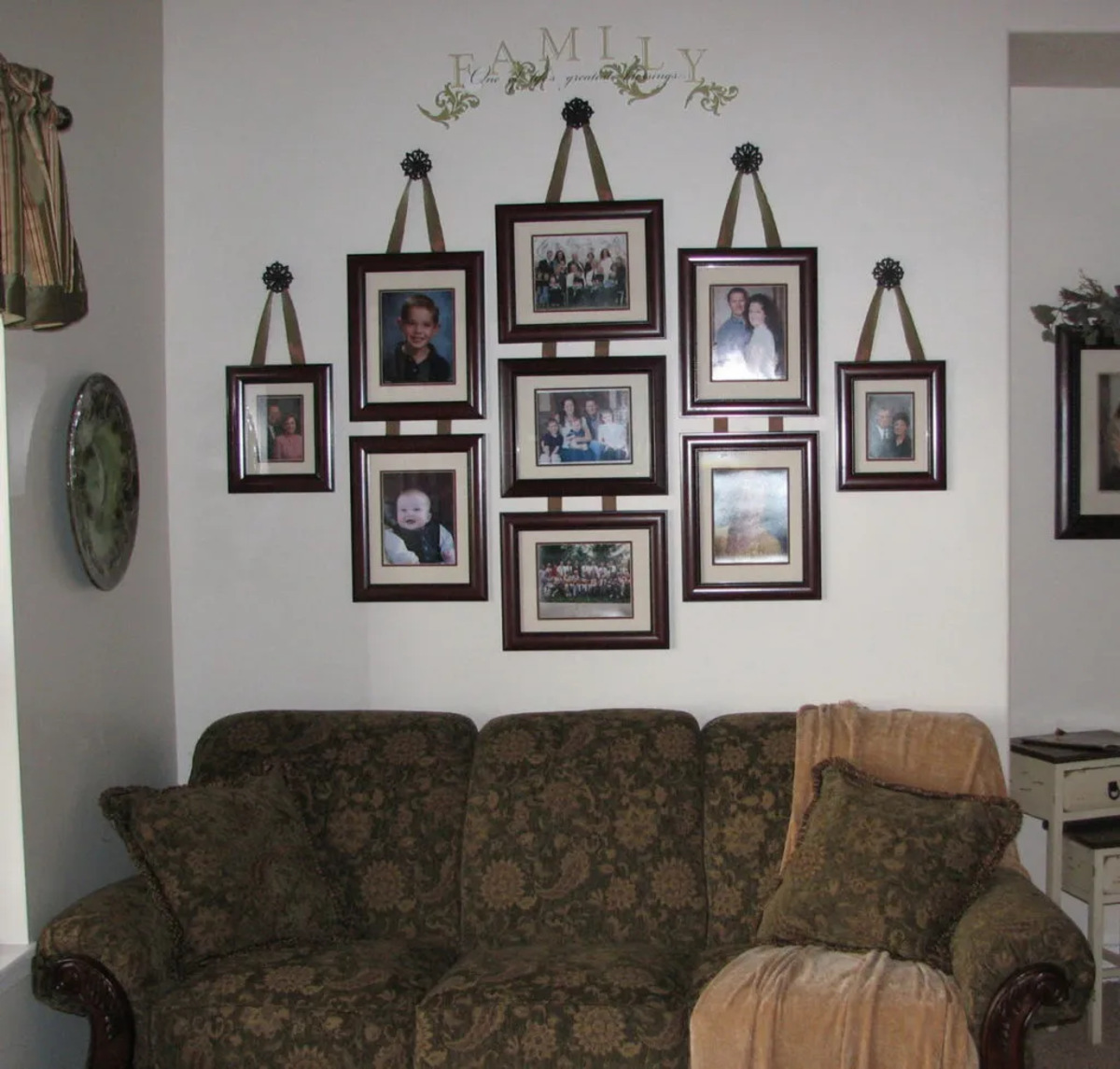
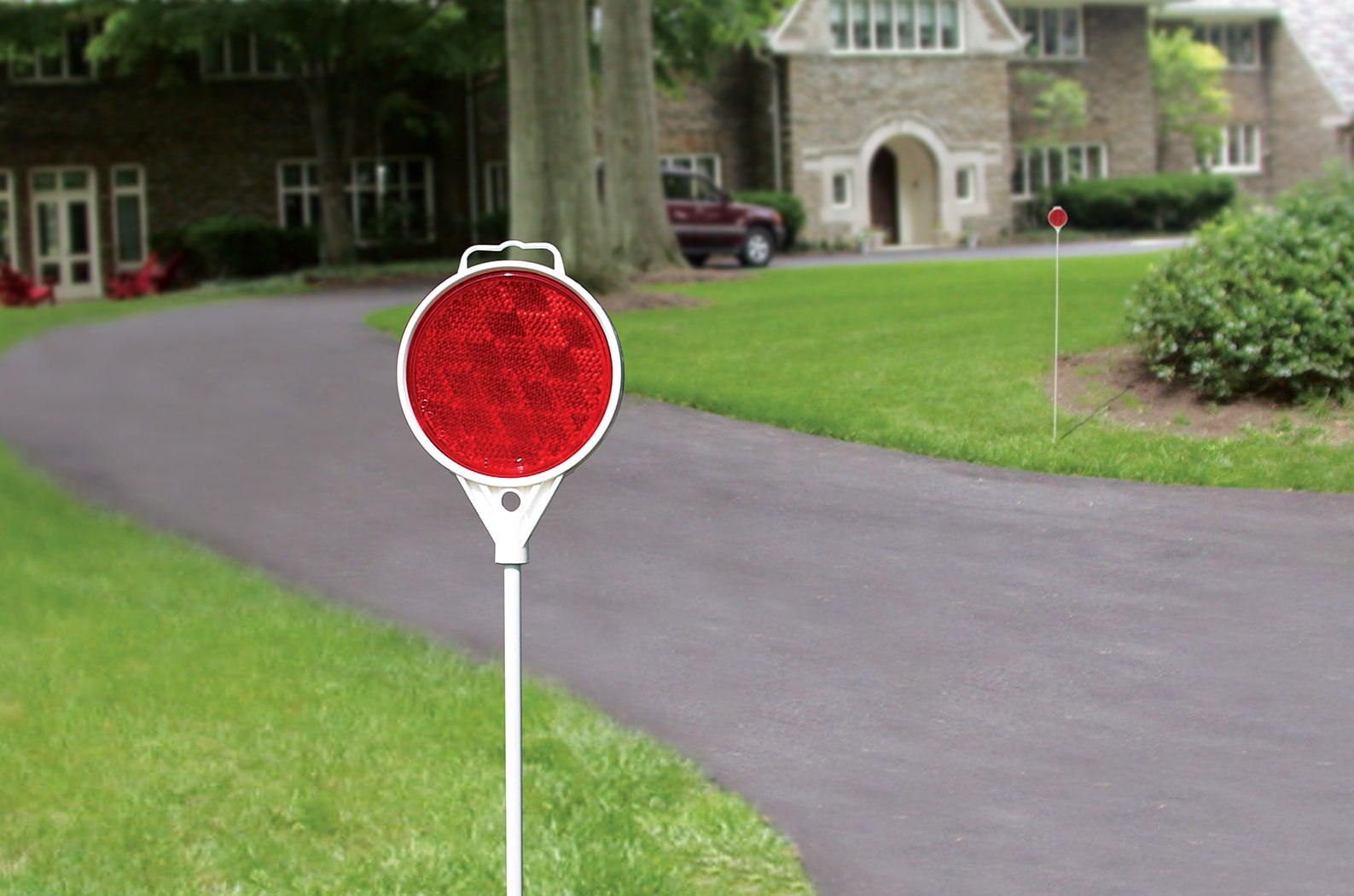
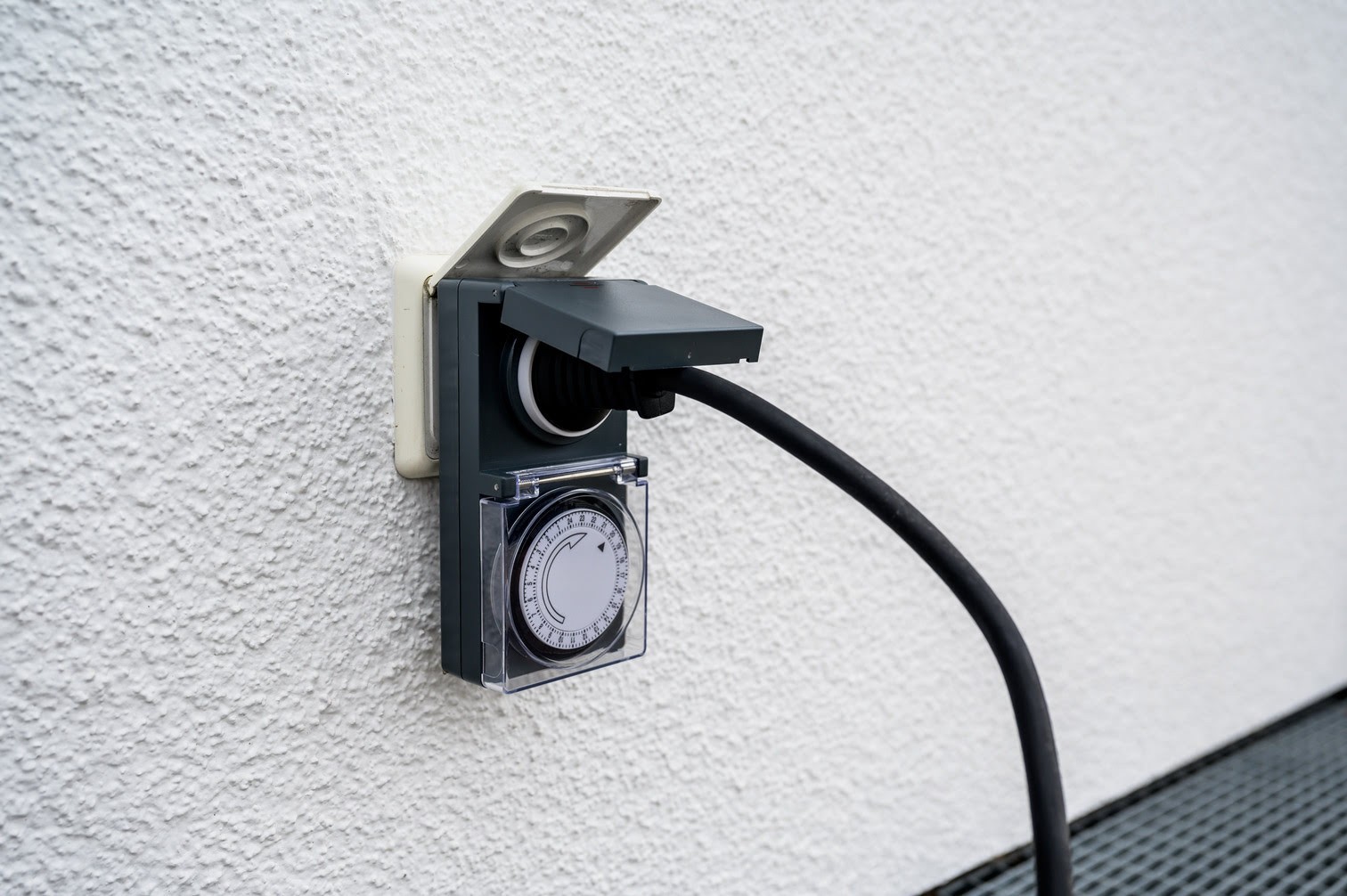
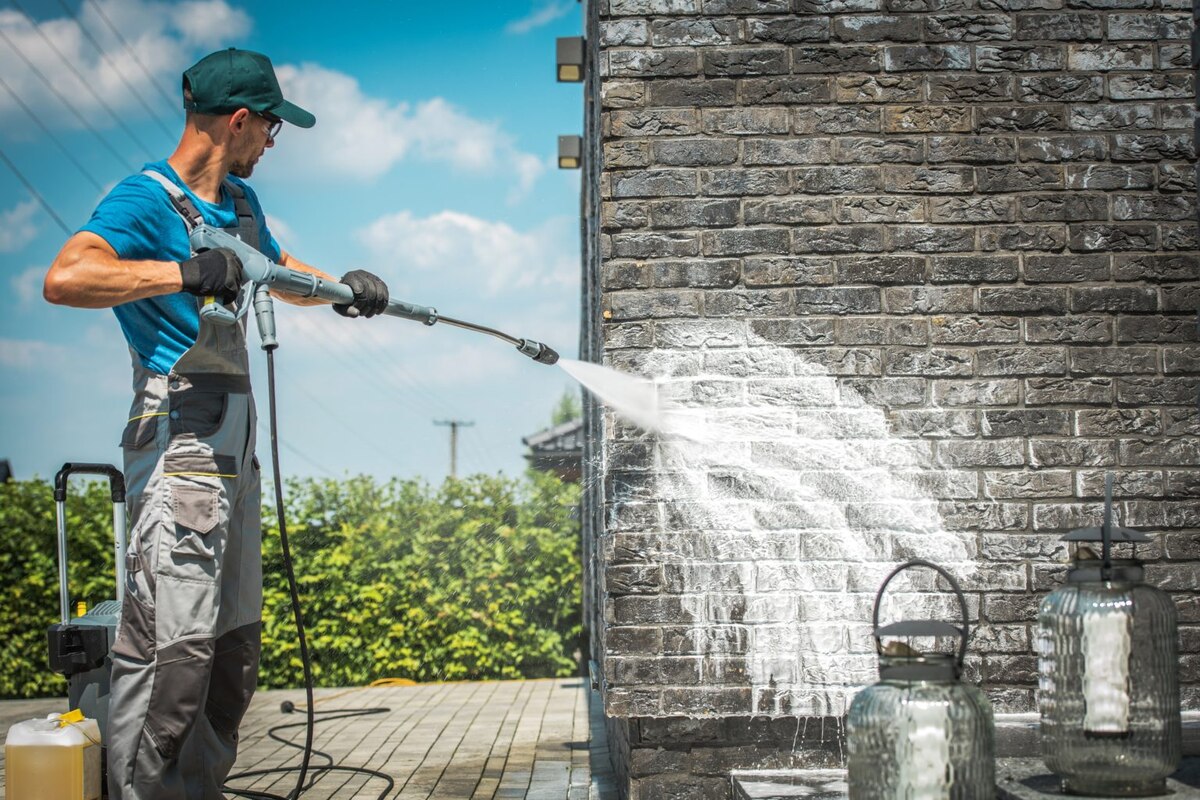
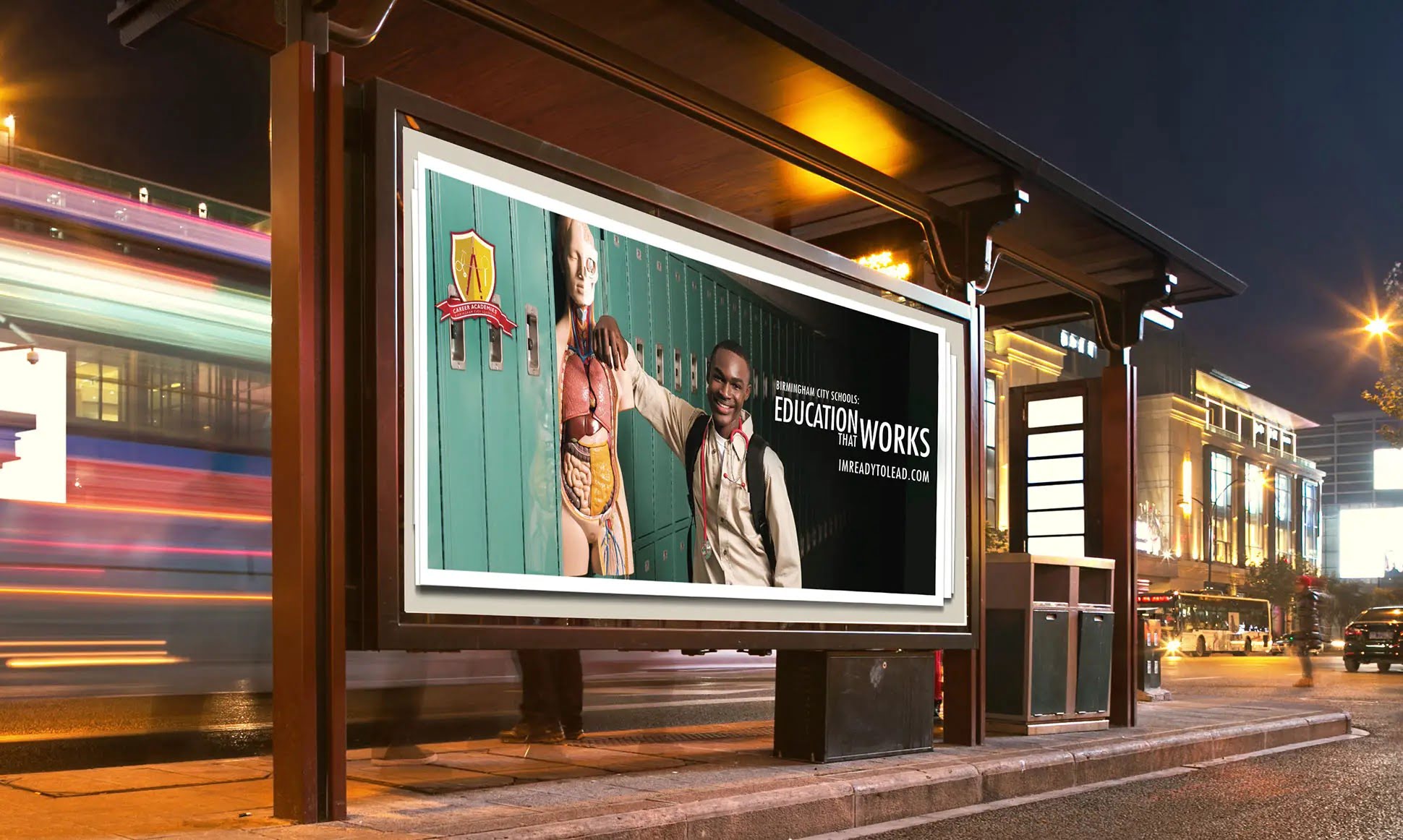
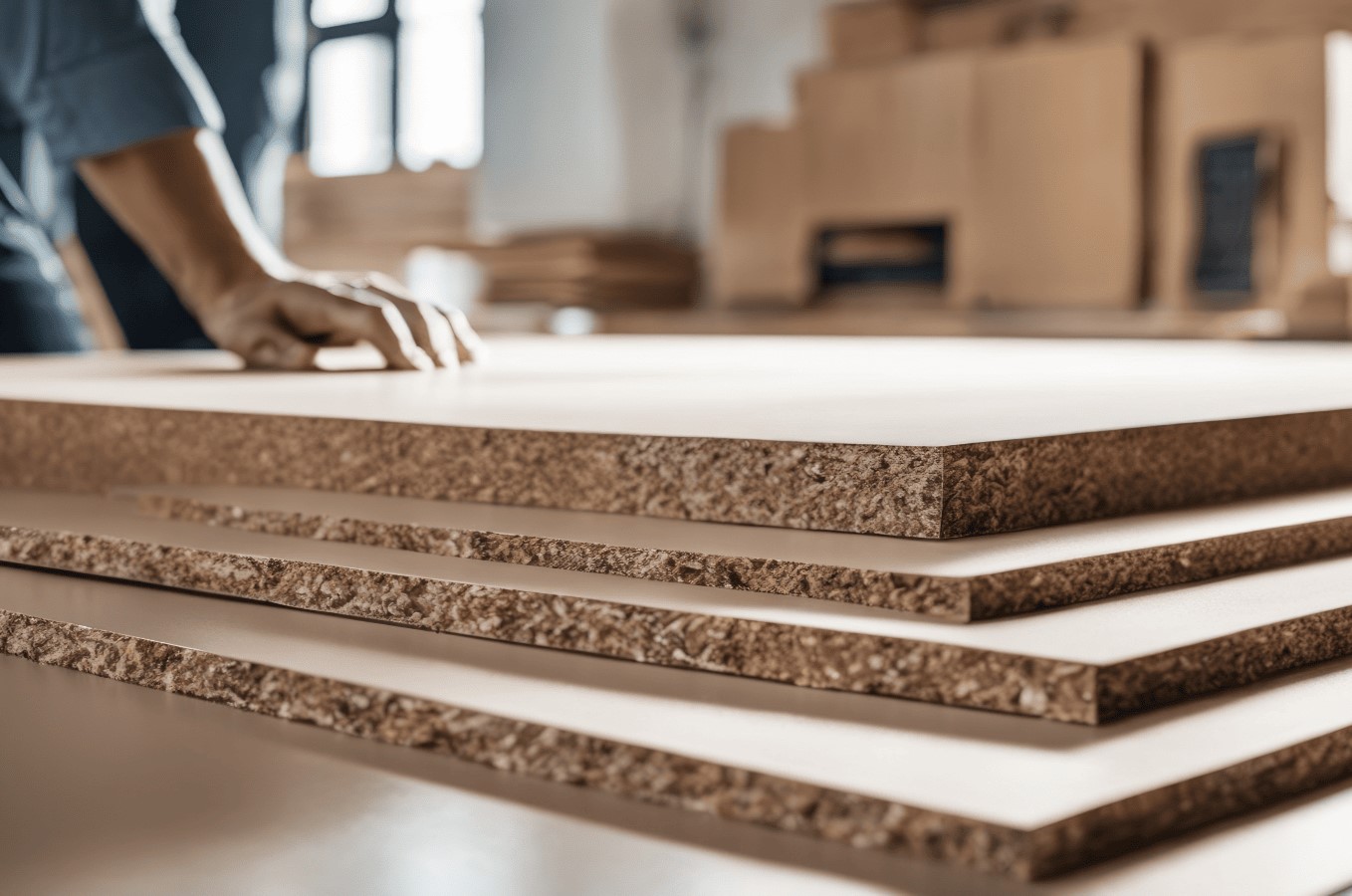
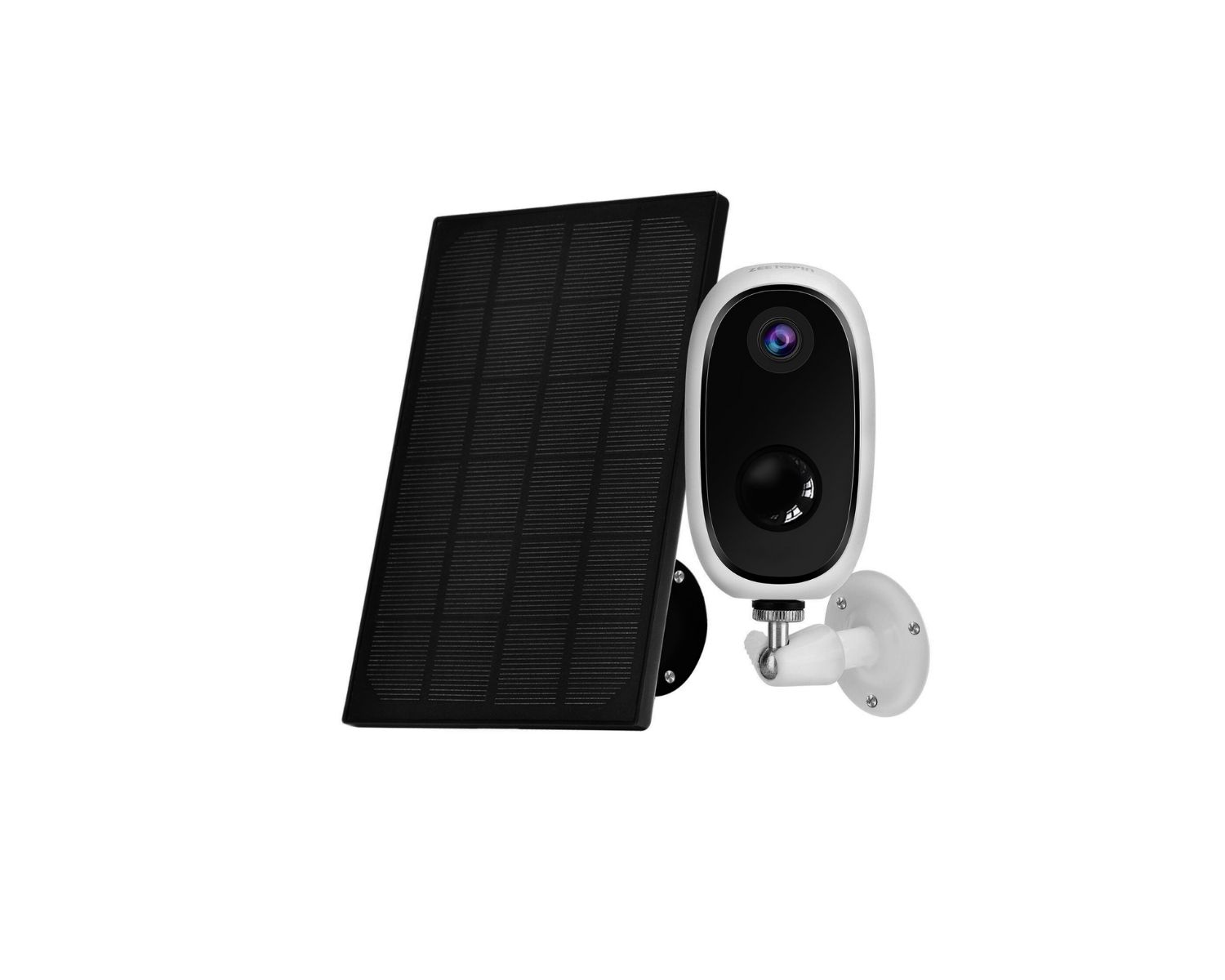
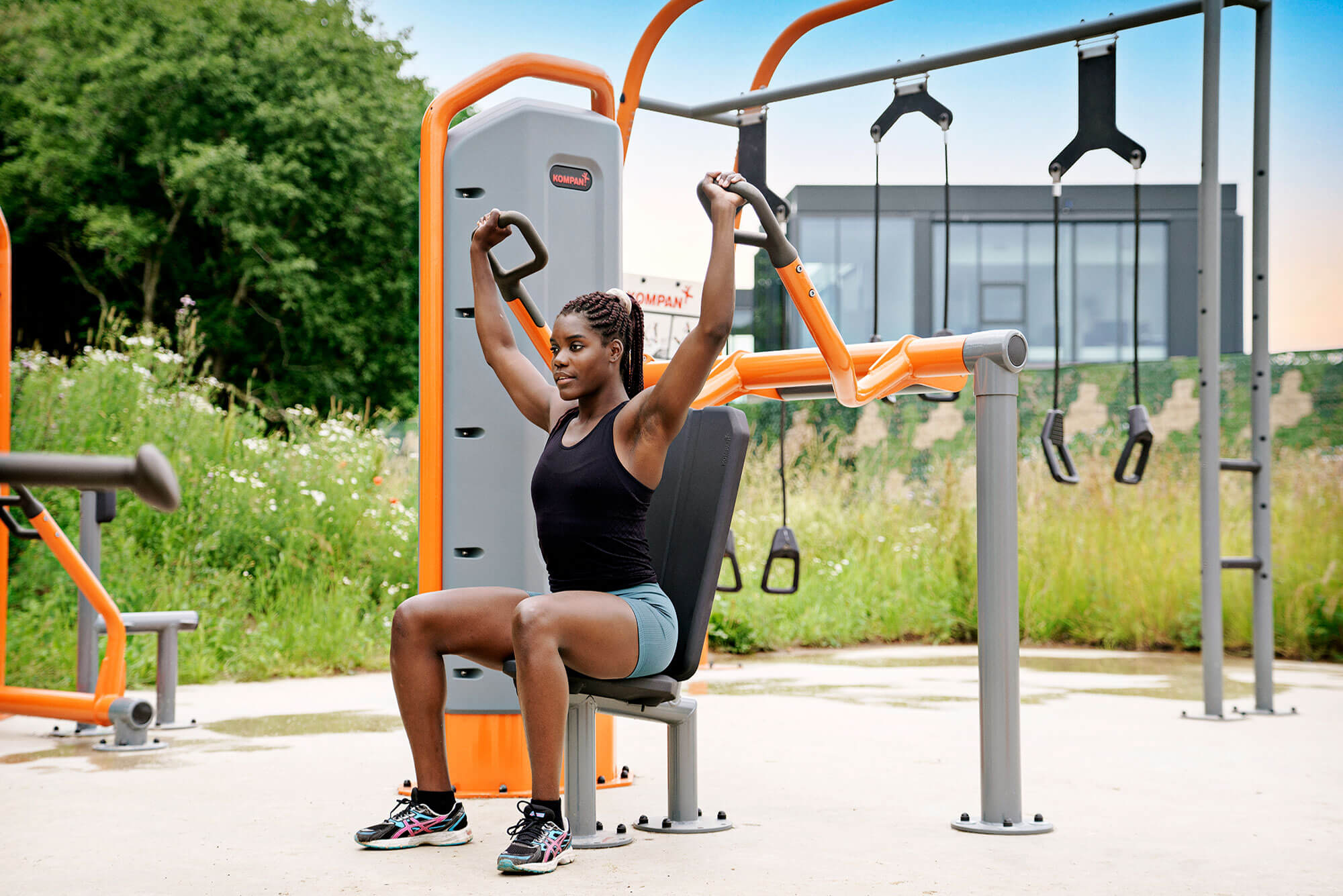
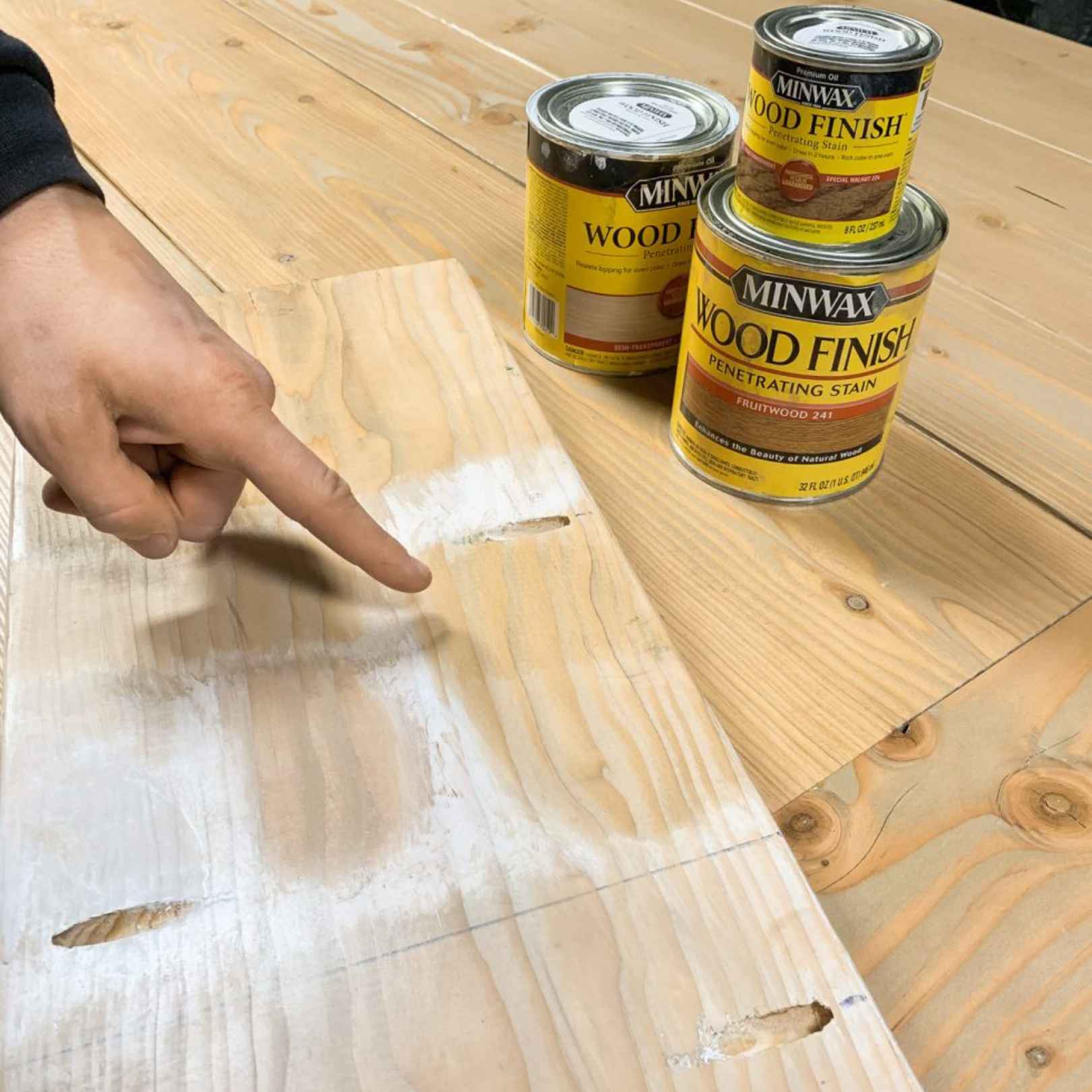
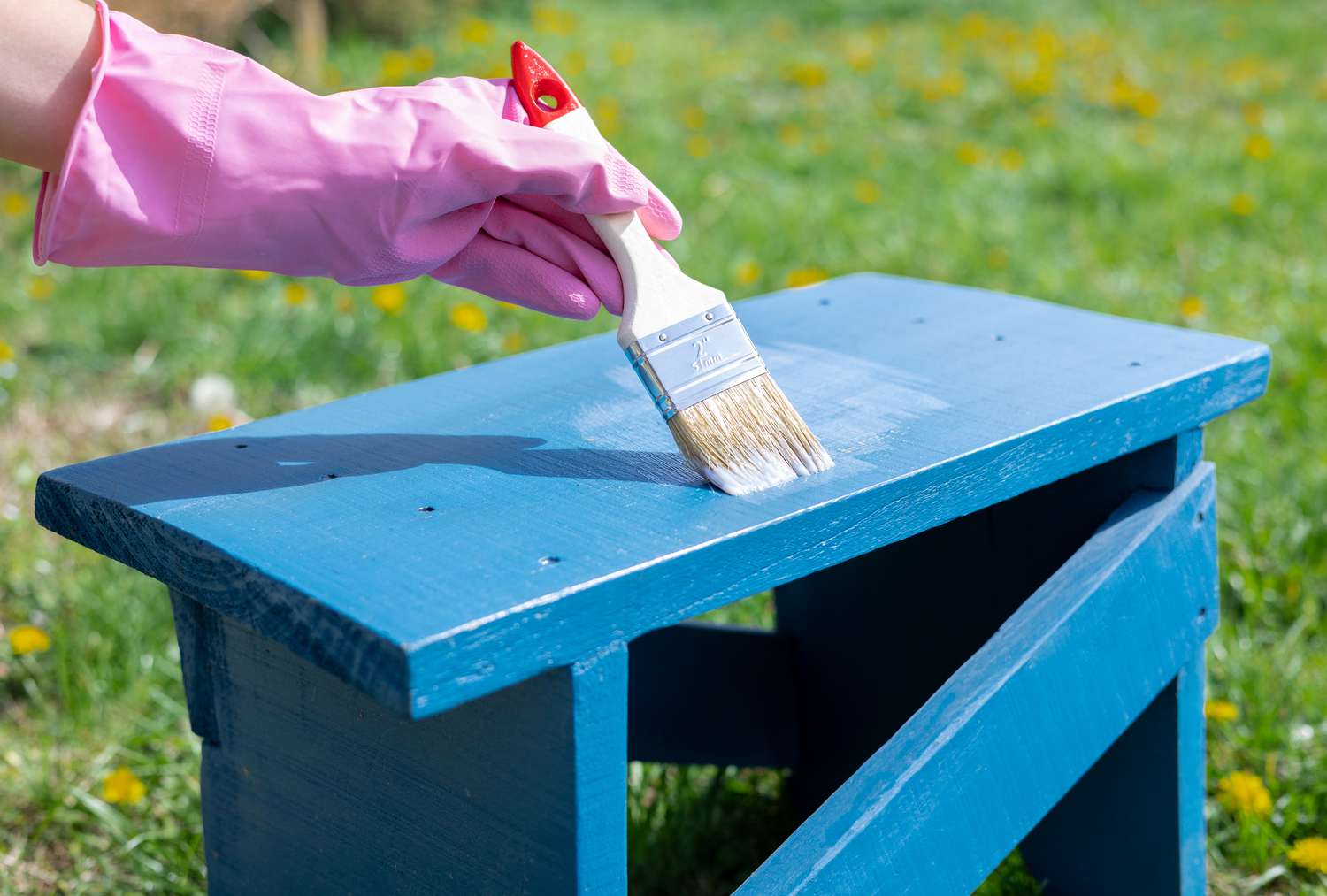
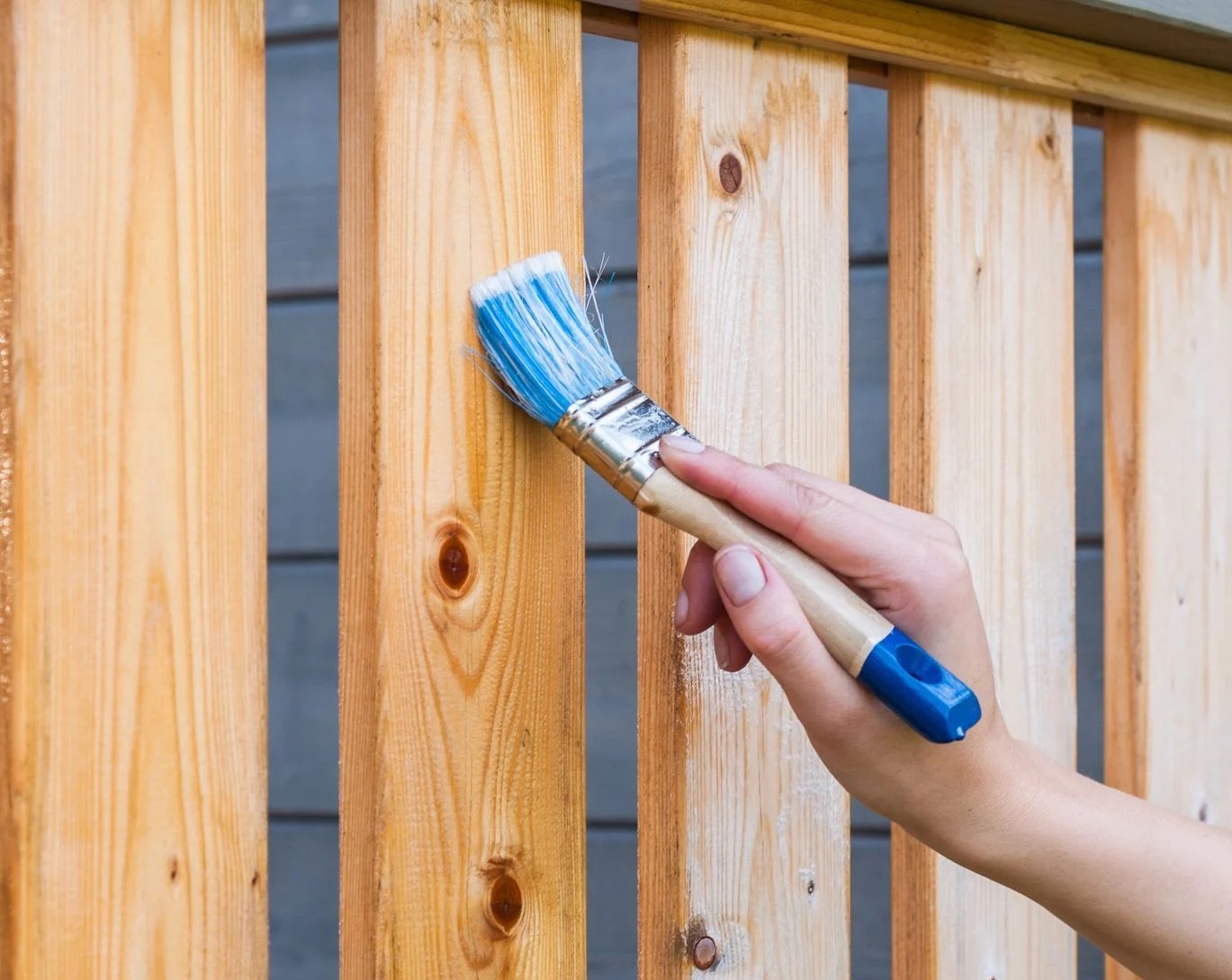
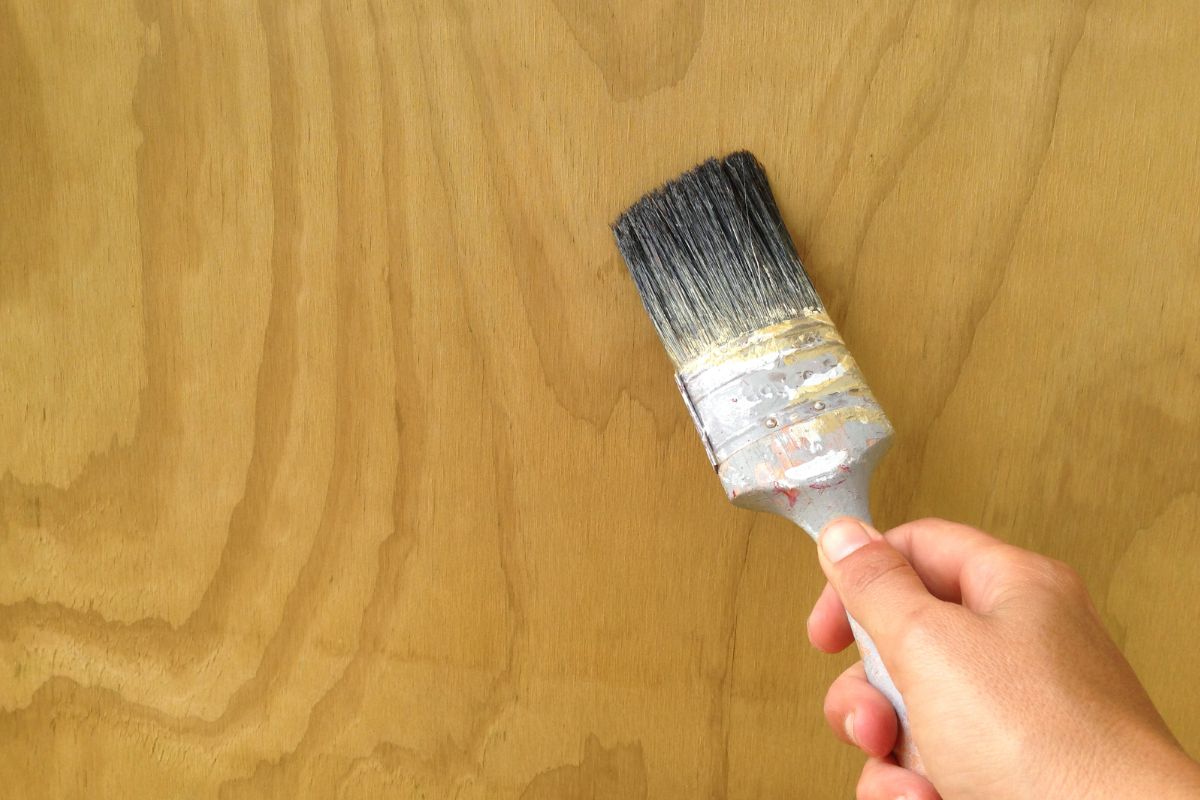
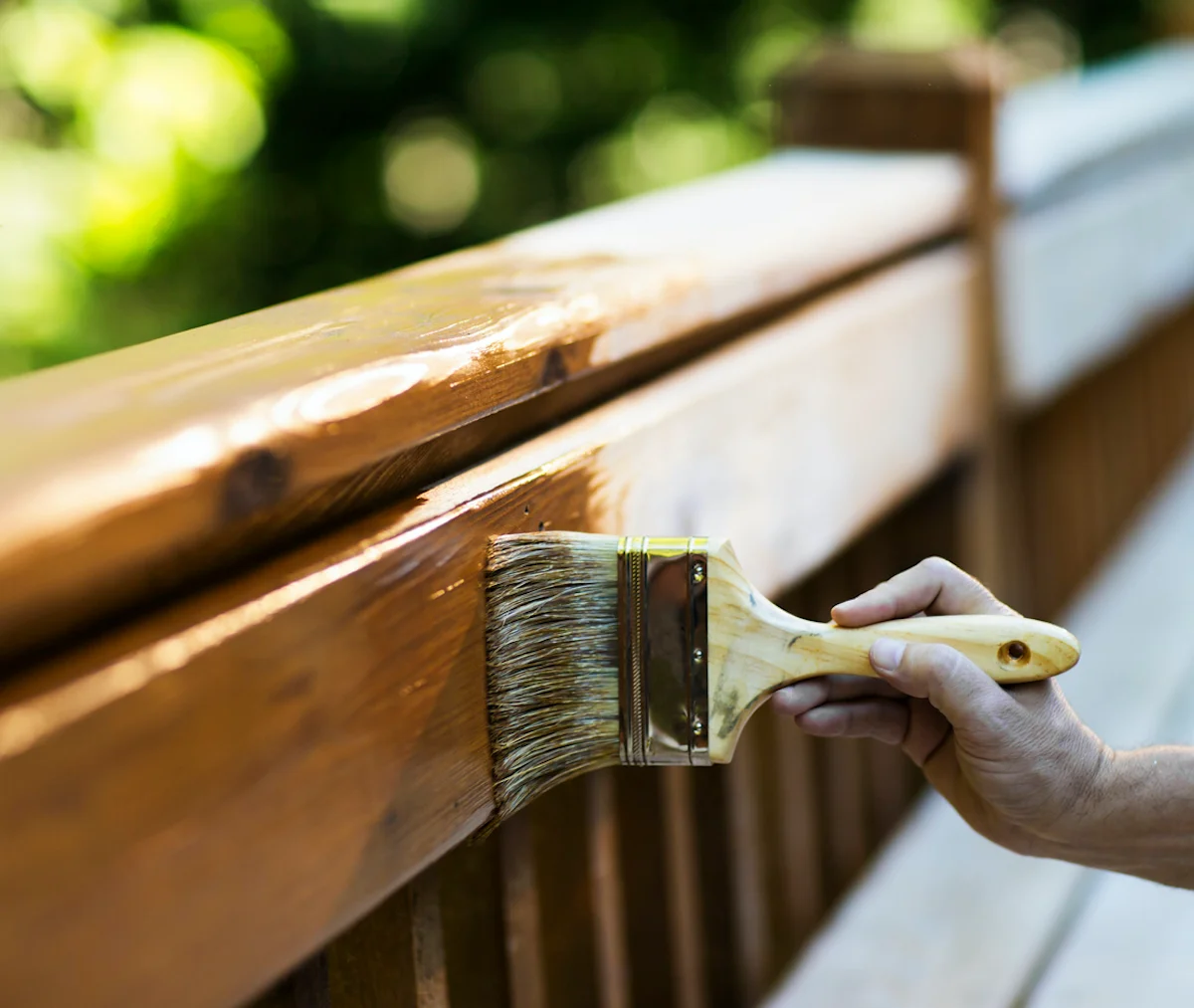
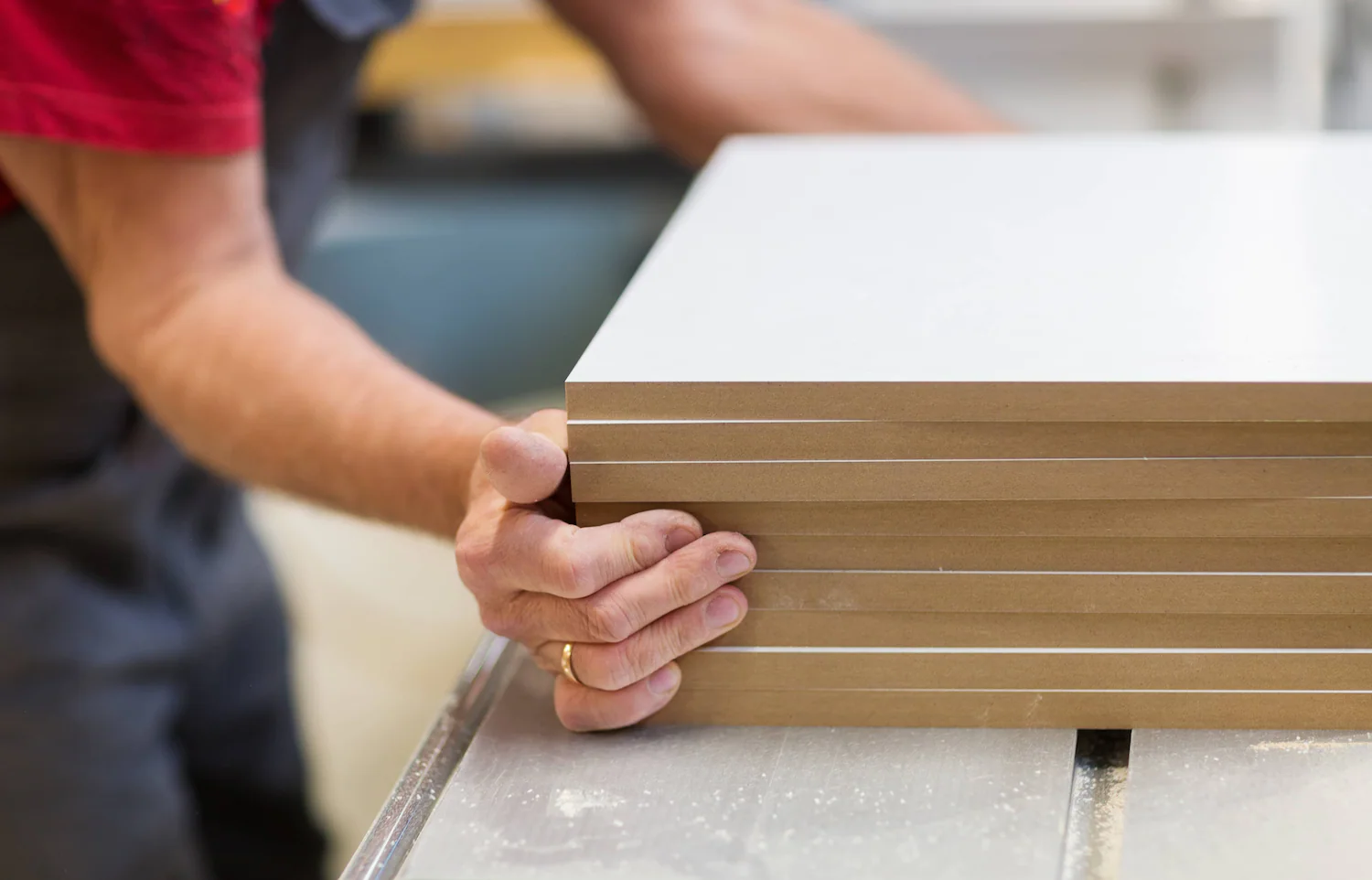

0 thoughts on “How To Use A Reflector In Outdoor Photography”